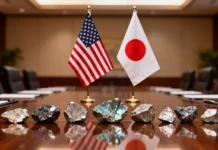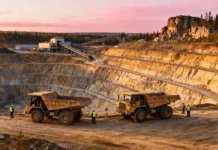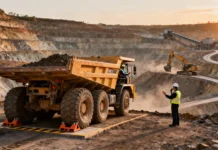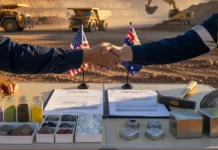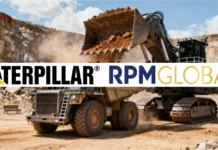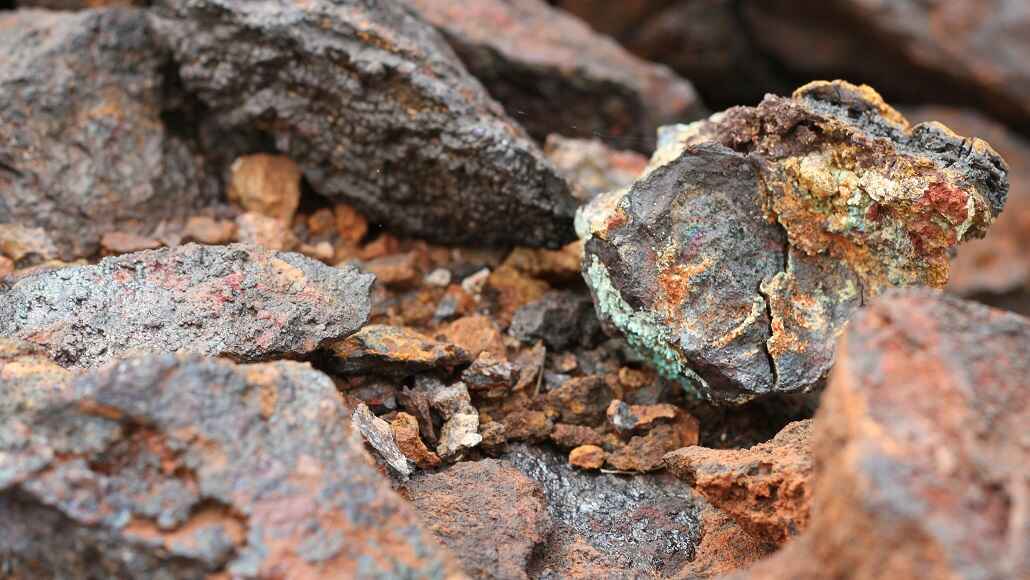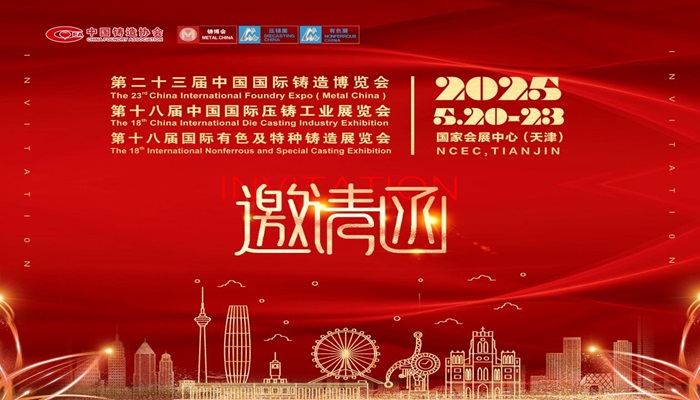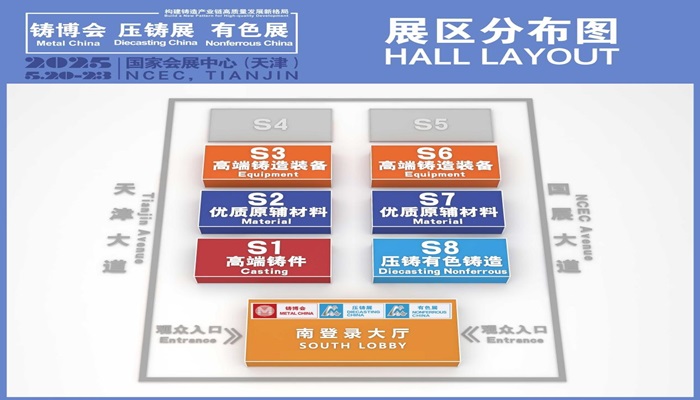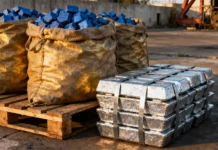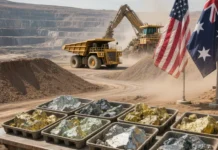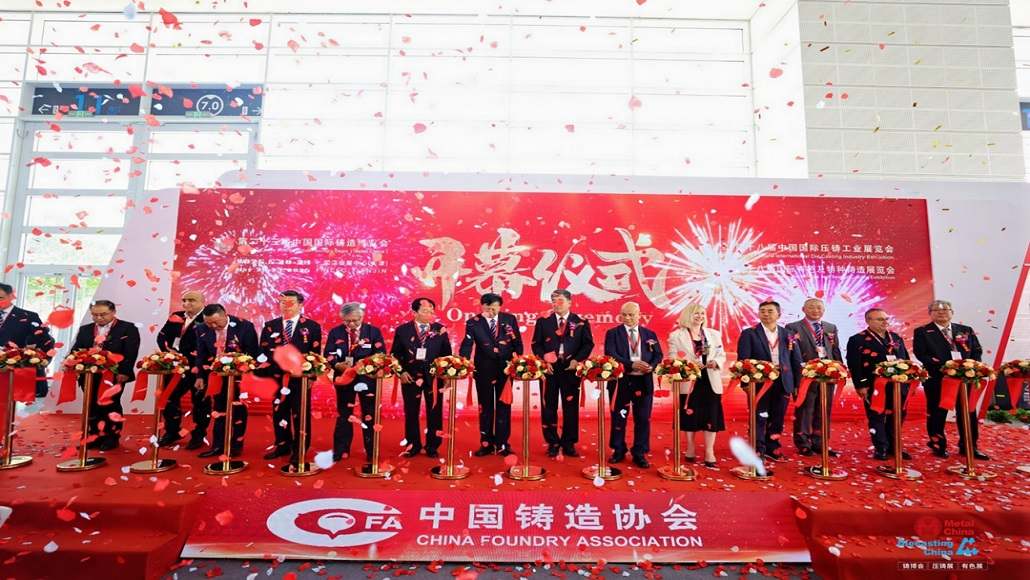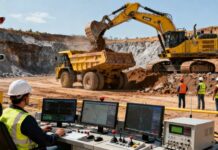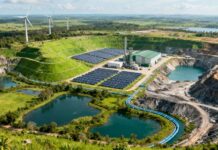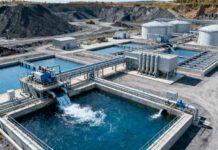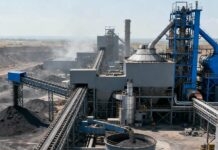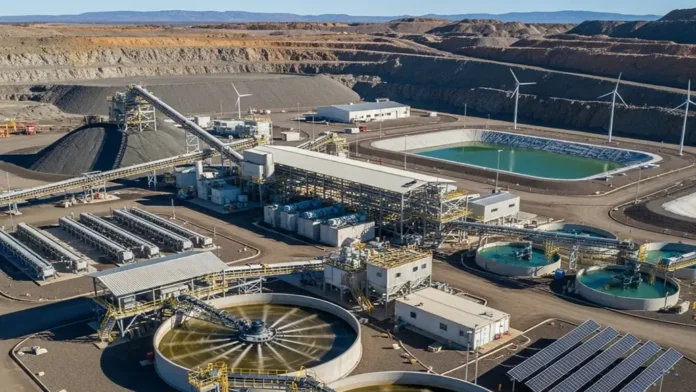The transformation of mining tailings from environmental liability to valuable resource represents one of the most significant paradigm shifts occurring within the global mining industry. As mineral demand accelerates alongside environmental consciousness, circular tailings treatment emerges as both strategic opportunity and operational imperative that redefines fundamental assumptions about mining waste management.
Traditional approaches to tailings management focus primarily on containment and risk mitigation, treating these materials as unwanted byproducts requiring expensive long-term storage and monitoring. Contemporary circular treatment approaches recognize tailings as complex material streams containing valuable minerals, construction materials, and industrial feedstocks that, with appropriate processing, can generate substantial economic value while reducing environmental impact.
The magnitude of opportunity cannot be understated. Global mining operations generate approximately 65 to 100 billion tons of tailings annually, with untapped value estimates exceeding $3.4 trillion across existing tailings deposits worldwide. This represents not merely waste disposal challenge, but massive resource recovery opportunity that positions progressive mining companies at the forefront of sustainable industrial development.
Understanding Tailings Valorization Fundamentals
Tailings valorization encompasses comprehensive strategies for extracting maximum value from mining waste streams through advanced processing technologies, alternative applications, and integrated resource recovery systems. This multifaceted approach transforms materials previously considered worthless into productive industrial inputs that support both mining economics and broader economic development.
The chemical and mineralogical complexity of tailings creates diverse valorization opportunities that extend far beyond simple metal recovery. Copper tailings contain significant quantities of residual copper, rare earth elements, cobalt, and nickel that advanced processing technologies can recover economically. Iron ore tailings provide high-quality silica for glass manufacturing, while gold tailings often contain silver, platinum group metals, and other precious minerals that historical processing methods missed.
Physical properties of tailings enable numerous construction applications that address growing infrastructure demands while reducing environmental impact. Particle size distribution, chemical stability, and mechanical properties make tailings suitable for cement production, concrete aggregates, road base materials, and architectural products. These applications divert materials from storage facilities while reducing demand for virgin materials that require energy-intensive extraction and processing.
Technological advances in mineral processing, materials science, and environmental engineering create unprecedented opportunities for tailings valorization that were previously economically or technically infeasible. Advanced flotation systems, enhanced leaching techniques, and innovative separation technologies enable economic recovery of minerals at concentrations once considered too low for processing.
Mining Waste Recycling Technologies
Modern mining waste recycling technologies encompass sophisticated processing systems designed specifically for extracting value from complex tailings compositions. These innovative approaches utilize multiple processing pathways simultaneously to maximize resource recovery while minimizing waste generation.
Reprocessing technologies focus on recovering metals and minerals that historical extraction methods missed due to technological limitations or economic constraints. Contemporary operations can achieve recovery rates exceeding ninety percent for many mineral systems, compared to sixty to seventy percent typical of older processing facilities. This dramatic improvement results from advances in flotation chemistry, magnetic separation, and hydrometallurgical processing.
Sensor-based sorting systems represent breakthrough technologies that enable precise separation of valuable materials from waste streams using artificial intelligence analysis, X-ray transmission detection, and optical recognition. These systems can process thousands of tons per hour while identifying and recovering materials at concentrations as low as 0.1 percent, making previously uneconomical recovery operations financially viable.
Biotechnology applications utilize specialized microorganisms to extract metals from tailings through bio-leaching processes that operate at ambient temperatures and pressures. These biological systems can recover copper, nickel, cobalt, and rare earth elements using environmentally compatible processes that generate minimal waste while reducing processing costs compared to conventional chemical extraction.
Mechanical processing innovations include advanced grinding, classification, and separation technologies that can liberate valuable minerals previously trapped within complex mineral matrices. High-pressure grinding rolls, stirred mills, and enhanced gravity separators improve mineral liberation while reducing energy consumption compared to traditional processing equipment.
Zero-Waste Tailings Strategy Implementation
Zero-waste tailings strategies pursue complete elimination of waste generation by ensuring every component of tailings streams serves productive purposes. These comprehensive approaches require integrated planning that considers mineral recovery, construction applications, environmental remediation, and long-term site management objectives simultaneously.
Integrated processing circuits combine multiple recovery technologies to extract different valuable components from tailings streams systematically. Primary circuits focus on recovering highest-value metals, secondary systems extract construction materials, and tertiary processes prepare remaining materials for environmental applications such as soil amendment or ecosystem restoration.
Circular economy principles guide zero-waste implementations by identifying how tailings processing outputs can serve as inputs for other industrial processes. Copper recovery operations generate sulfuric acid suitable for other metallurgical applications, while construction material production creates aggregates for infrastructure development. These interconnected material flows eliminate waste while creating economic value across multiple sectors.
Phased development strategies enable mining companies to implement zero-waste programs incrementally, reducing capital requirements while demonstrating economic viability before full-scale investment. Initial phases typically focus on highest-value recovery opportunities, with subsequent phases addressing construction materials and environmental applications as markets and technologies mature.
Technology integration requires careful coordination between different processing systems to ensure optimal overall performance. Material handling systems, process control automation, and quality assurance programs must operate seamlessly to maintain product specifications while maximizing recovery rates and minimizing operating costs.
Circular Mining Waste Management Systems
Circular mining waste management systems represent comprehensive approaches that integrate tailings processing with broader mining operations to create closed-loop material flows. These systems eliminate traditional waste streams while generating multiple revenue sources from materials previously considered disposal problems.
Water management represents a critical component of circular waste systems, as tailings processing typically requires substantial water quantities while generating process water that requires treatment before discharge. Advanced water treatment technologies enable complete water recycling, eliminating liquid discharge while recovering valuable dissolved metals and process chemicals.
Energy integration strategies recover thermal energy from processing operations while utilizing renewable energy sources to minimize carbon footprint. Heat recovery systems capture waste heat from flotation, leaching, and drying operations for productive use throughout facilities. Solar and wind power systems provide clean energy for processing operations while battery storage systems ensure reliable operation despite renewable energy variability.
Logistics optimization minimizes material handling costs while maximizing processing efficiency through strategic facility siting and material flow design. Co-location of tailings processing facilities with construction markets reduces transportation costs for construction materials while proximity to mining operations minimizes raw material handling expenses.
Quality control systems ensure products meet market specifications while maintaining consistent performance across varying tailings compositions. Automated testing systems monitor product quality continuously while process control systems adjust operating parameters to maintain specifications despite feedstock variations.
Environmental Restoration Through Tailings Treatment
Circular tailings treatment creates significant opportunities for environmental restoration that extend beyond simple waste reduction to encompass comprehensive ecosystem rehabilitation. These approaches transform mining sites from environmental liabilities into productive landscapes that support biodiversity while providing economic benefits.
Bioremediation applications utilize treated tailings as growing media for vegetation establishment that supports wildlife habitat restoration and erosion control. Specialized plant species can tolerate residual metal concentrations while providing ecosystem services including carbon sequestration, air quality improvement, and aesthetic enhancement.
Soil amendment programs incorporate processed tailings into degraded soils to improve fertility, structure, and water retention characteristics. Appropriate treatment removes potentially harmful constituents while preserving beneficial properties such as mineral content and pH buffering capacity. These applications support agricultural productivity while eliminating long-term tailings storage requirements.
Wetland construction utilizes tailings materials as substrates for constructed wetlands that provide water treatment, wildlife habitat, and recreational opportunities. These systems can treat mine drainage, process water, and municipal wastewater while creating valuable ecosystem services that generate long-term economic benefits.
Carbon sequestration opportunities arise from vegetation establishment on treated tailings, creating potential carbon credit revenue streams while contributing to climate change mitigation objectives. These programs align mining operations with sustainability goals while generating additional revenue from environmental stewardship activities.
Economic Opportunities and Market Development
The economic opportunities associated with circular tailings treatment extend well beyond immediate processing revenues to encompass market development, technological innovation, and strategic positioning within evolving industrial ecosystems. These benefits position mining companies advantageously within increasingly sustainability-focused global markets.
Revenue diversification reduces dependence on primary commodity markets while creating stable income streams from secondary products. Construction materials provide steady demand with limited price volatility, while recovered metals generate additional revenue that improves overall project economics. These diverse revenue streams enhance financial resilience while reducing exposure to commodity price fluctuations.
Market development opportunities include establishing new supply relationships with construction companies, manufacturers, and government agencies that prioritize sustainable materials. Premium pricing opportunities exist for certified sustainable products that meet environmental performance standards, while supply chain partnerships can provide guaranteed markets for processed materials.
Technology commercialization enables mining companies to license processing technologies and expertise to other operations, creating intellectual property revenue streams while accelerating industry-wide adoption of circular processing approaches. These opportunities position early adopters as industry leaders while generating additional income from technological innovation.
Investment attraction improves significantly for mining companies demonstrating successful circular waste management programs. Environmental, social, and governance focused investors increasingly prioritize companies with innovative sustainability programs, providing access to favorable financing terms while enhancing overall valuation.
Regional and Global Implementation Strategies
Successful circular tailings treatment requires strategic approaches that consider regional market conditions, regulatory frameworks, and infrastructure capabilities while building collaborative relationships across multiple sectors and stakeholders.
Regional market assessment identifies specific opportunities for construction materials, recovered metals, and environmental products based on local demand patterns and competitive conditions. Understanding regional infrastructure development plans, manufacturing capabilities, and environmental restoration needs enables strategic positioning for maximum market penetration.
Regulatory compliance strategies ensure circular treatment programs meet environmental standards while taking advantage of incentives and support programs that governments increasingly offer for sustainable mining practices. Proactive engagement with regulatory agencies supports program approval while influencing policy development that favors circular approaches.
Partnership development creates collaborative relationships with construction companies, manufacturers, environmental organizations, and government agencies that support successful program implementation. These partnerships provide market access, technical expertise, and political support while sharing implementation risks and costs.
Technology transfer programs enable rapid scaling of successful circular treatment approaches across multiple operations and regions. Standardized processing technologies, operational procedures, and quality control systems accelerate implementation while reducing development costs and implementation risks.
The transformation from traditional tailings management to comprehensive circular treatment represents both challenge and opportunity that will define competitive advantage within the evolving mining industry. Companies that embrace these comprehensive approaches position themselves for long-term success while contributing meaningfully to environmental stewardship and sustainable development objectives.
Through strategic implementation of advanced technologies, innovative applications, and collaborative partnerships, circular tailings treatment transforms mining waste from environmental liability into valuable resource that supports economic development while protecting environmental quality. This transformation requires commitment, investment, and expertise, but delivers returns that encompass financial performance, environmental stewardship, and social responsibility – defining the future of sustainable mining operations worldwide.


